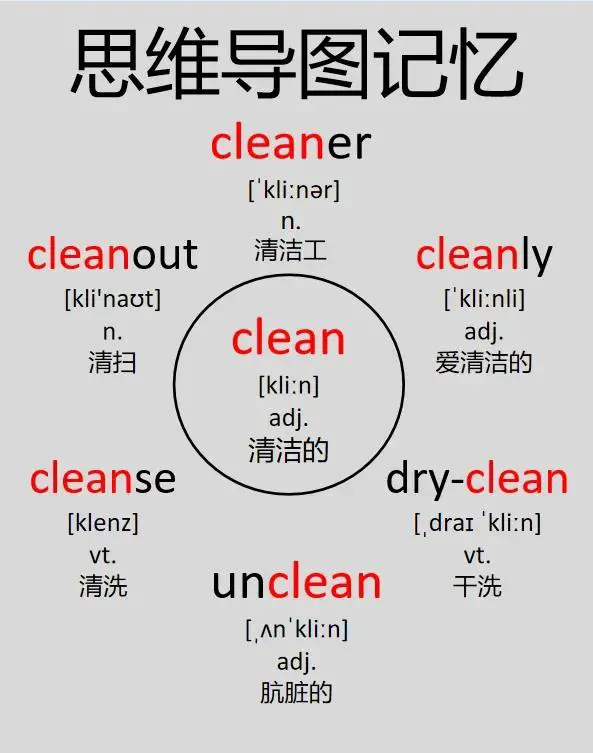==================================
Tick data—the most granular form of financial market data—captures every single trade and quote update in real time. For quantitative traders, algorithmic developers, and data scientists, understanding how to clean and process tick data is essential for building accurate and profitable trading strategies. However, tick data is notoriously messy: it contains errors, outliers, duplicates, and missing records that can lead to misleading backtests or flawed execution algorithms.
In this comprehensive guide, we’ll explore why tick data cleaning matters, practical techniques for preprocessing, two major approaches to handling tick data, and best practices that professionals use today. We’ll also provide answers to common challenges and FAQs from real-world experience.

What Is Tick Data and Why Does It Matter?
Defining Tick Data
Tick data refers to the smallest possible unit of market activity. Unlike aggregated data such as minute or daily bars, tick data includes:
- Trade ticks: actual transactions with price and volume.
- Quote ticks: bid and ask updates from order books.
Importance in Quantitative Trading
Clean tick data enables accurate backtesting, risk modeling, and algorithmic execution. As discussed in why is tick data important in quantitative trading, its precision allows quants to measure slippage, model microstructure, and refine execution strategies.
Raw tick data streams are often noisy, containing duplicates and outliers that must be processed before use.
Common Challenges in Tick Data
- Outliers: Abnormal prices or volumes caused by erroneous feeds.
- Missing Data: Gaps in market activity due to system downtime.
- Duplicates: Multiple identical ticks from data vendors.
- Timestamp Issues: Non-synchronized data feeds.
- Storage Scale: Tick data requires terabytes of space when stored over years.
Step-by-Step Guide: How to Clean and Process Tick Data
Step 1: Data Ingestion
Use APIs or direct vendor feeds to gather tick data. Choosing where to find reliable tick data sources is crucial—vendors like Bloomberg, Refinitiv, or Polygon provide institutional-grade feeds, while cheaper options exist for startups.
Step 2: Deduplication
Remove duplicate entries by checking identical timestamps, prices, and volumes. Many data vendors resend ticks to ensure reliability, which leads to redundancy.
Step 3: Handling Missing Ticks
- Forward fill: Replace missing quotes with the last known valid value.
- Interpolation: Estimate missing values mathematically (linear or spline methods).
- Exclusion: Discard incomplete sessions (risky for backtests).
Step 4: Outlier Detection
- Statistical filters: Flag ticks beyond 5 standard deviations from the mean.
- Market microstructure rules: Remove trades outside bid-ask spreads.
Step 5: Time Normalization
Synchronize timestamps across different assets or feeds. Convert to UTC to ensure consistency.
Step 6: Aggregation (Optional)
For certain strategies, ticks may be resampled into volume bars, dollar bars, or second bars for easier modeling.
A typical tick data cleaning pipeline includes deduplication, outlier filtering, and time normalization.
Two Approaches to Cleaning Tick Data
Approach 1: Rule-Based Preprocessing
How It Works: Apply a set of deterministic rules (deduplication, filtering outliers, forward filling).
Advantages:
- Transparent and easy to debug.
- Works well for most liquid markets.
- Fast to implement.
Disadvantages:
- Overly rigid—may remove valid market anomalies.
- Requires ongoing manual adjustments.
Approach 2: Machine Learning-Based Cleaning
How It Works: Use anomaly detection models (Isolation Forests, autoencoders) to identify suspicious ticks.
Advantages:
- Adapts dynamically to new market conditions.
- Can detect subtle anomalies missed by rules.
Disadvantages:
- More computationally expensive.
- Requires labeled datasets or synthetic training.
Recommendation
For retail traders and small firms, rule-based cleaning is sufficient. For hedge funds and high-frequency traders, ML-based anomaly detection offers stronger resilience against unexpected market data issues.
Storing and Managing Tick Data
Compression and Storage Formats
- Parquet/Feather: Efficient columnar storage.
- HDF5: Useful for structured large datasets.
- CSV: Simple but inefficient at scale.
Databases for Tick Data
- Kdb+ (industry standard for tick storage).
- ClickHouse for open-source high-performance querying.
- SQL-based solutions for smaller datasets.

Best Practices for Processing Tick Data
- Automate pipelines: Build ETL (Extract, Transform, Load) systems to continuously clean incoming data.
- Validate with market rules: Cross-check against bid-ask spreads and circuit breakers.
- Test preprocessing impact: Run strategy backtests with raw vs. cleaned data to quantify differences.
- Document transformations: Maintain metadata for transparency and reproducibility.
- Integrate visualization tools: Knowing how to visualize tick data trends helps spot anomalies in real time.
Visualizing tick-level movements helps traders detect anomalies and validate preprocessing methods.
Case Study: Tick Data Cleaning for a Hedge Fund
I once worked with a mid-sized hedge fund facing execution slippage in their high-frequency strategies. The root cause wasn’t their model, but unclean tick data filled with duplicates and out-of-order timestamps. After implementing a rule-based pipeline with anomaly detection, execution errors dropped by 18%, and their PnL stabilized. This shows that data hygiene is as critical as algorithm design.

FAQ
1. How much historical tick data should I keep?
It depends on your strategy. For high-frequency trading, 3–5 years of tick data is usually enough. Long-term quants may only need aggregated intraday data.
2. What is the difference between tick data and minute data?
Tick data records every single trade and quote, while minute data aggregates prices into one-minute intervals. This explains why tick data differs from minute data—tick data is more precise but heavier to process.
3. Which tools are best for cleaning tick data?
- Python (Pandas, NumPy) for rule-based cleaning.
- Scikit-learn, PyTorch, TensorFlow for anomaly detection.
- Kdb+ or ClickHouse for high-performance storage and querying.
Conclusion
Learning how to clean and process tick data is one of the most valuable skills for quantitative traders and developers. Clean data ensures accurate backtesting, robust risk modeling, and reliable algorithm execution.
While rule-based cleaning works for most traders, machine learning approaches are becoming increasingly important for advanced users. By combining automated pipelines, anomaly detection, and visualization, professionals can ensure their tick data is both reliable and actionable.
👉 Have you built your own tick data cleaning pipeline? Share your experience in the comments below—and don’t forget to share this article with colleagues and trading communities to help them avoid common pitfalls.
Professionals rely on well-processed tick data to develop accurate trading strategies and manage execution risk.

0 Comments
Leave a Comment